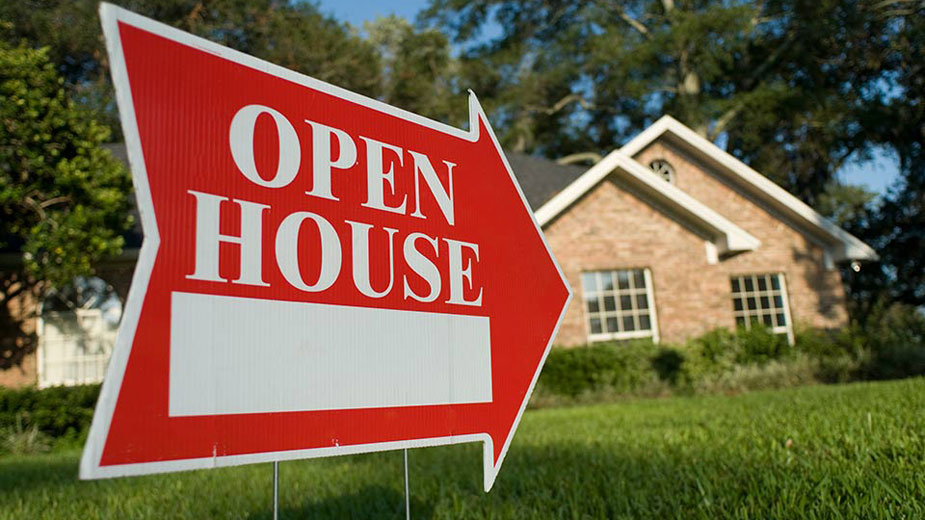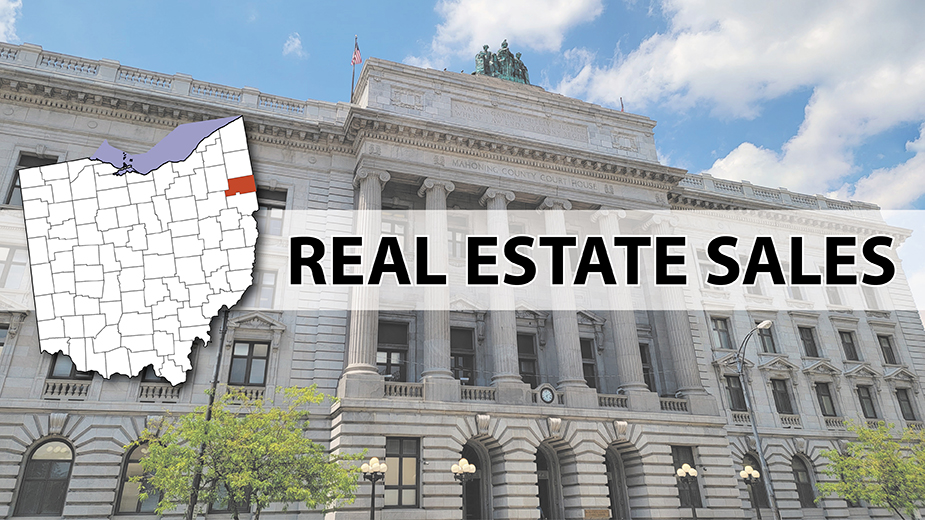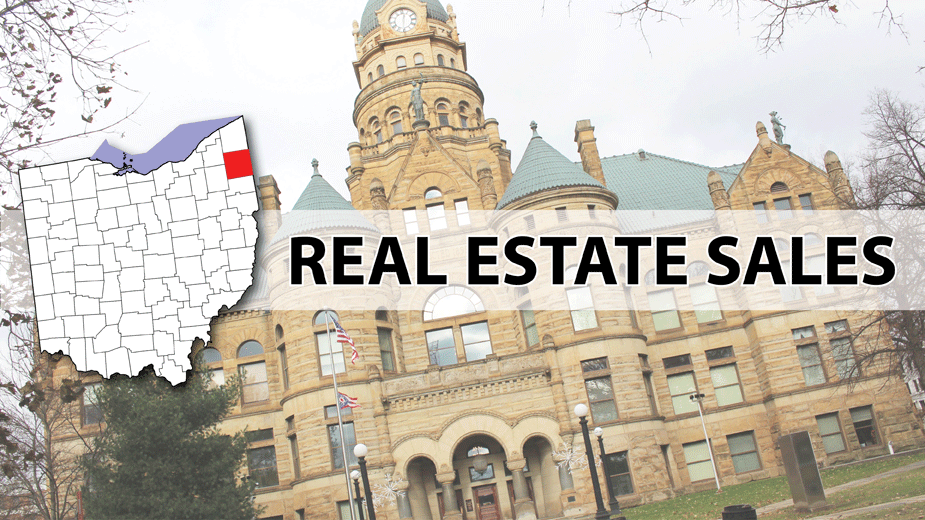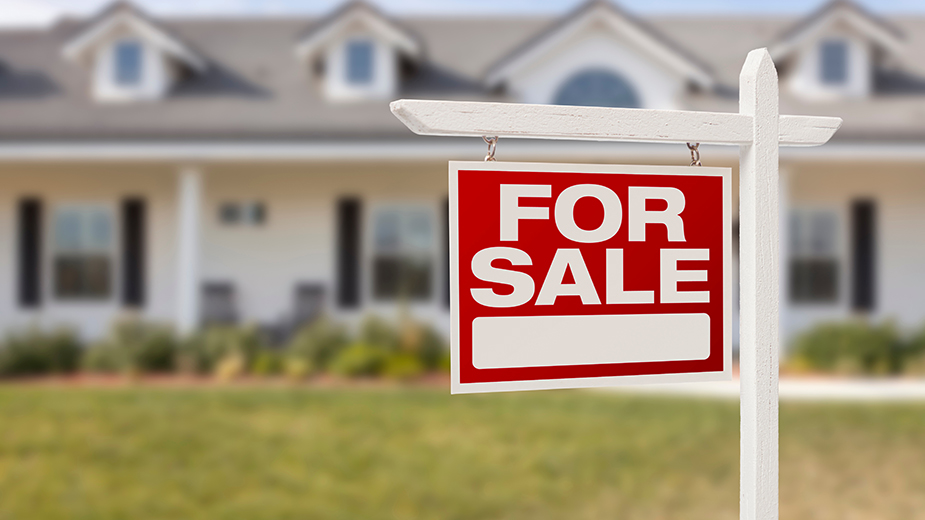Buyers Walk Through Online, Then in Person
YOUNGSTOWN, Ohio – With modern technological tools such as virtual reality and live video, homebuyers can walk the halls of a listed house without leaving their couches. But real estate agents say open houses still hold value, although they might not be as frequent.
Open houses are an important tool for agents to reach buyers who can’t schedule a showing during the week, says Geraldine Florio, president of the Youngstown Columbiana Association of Realtors. A buyer who found a house online still wants to see it in person. And with many younger buyers being two-income families, a Sunday open house provides the only opportunity for both to do so.
“You can’t have one person see the house if they’re really interested in it,” Florio says. “They both have to see it. That’s the value of an open house for prospects. Until you walk in the door you won’t know for you and your family if you’re going to be comfortable there.”
Sellers want to know that agents are using every available tool to sell a house as well, she says. Preparing for an open house requires a great deal of promotion. And it gives the agent an opportunity to vet a prospective customer’s ability to buy.
“In that fiduciary relationship, they owe it to the seller to know that they have a qualified buyer,” she says.
Mayo Realtors Inc. has hosted open houses since it was founded in 1959, says agent John McCarthy. “It is to this day still a big part of our advertising budget and also our listing package,” he says.
Mayo hosts open houses for “probably 90% of the Sundays throughout the year,” he says. In early January, he had two buyers come under contract during open houses, he recalls.
“It’s a long-standing, proven marketing technique that has worked for many years,” he says. “In larger cities, higher-price-point homes even have open houses. It’s an industrywide, well respected marketing technique.”
Technology has enhanced the way listings are promoted, McCarthy says. Before websites such as Zillow.com, Realtor.com and Trulia.com, agents depended on advertising open houses in local newspapers, he says.
Now, notifications are spread electronically, so “anyone with an app from those websites will have instant notice of the day and time of the open house as well as interior photos and rates,” McCarthy says.
Much of those digital-advertising expenses are fixed and affordable, which makes them more cost-effective, says Dan Dull, broker and co-owner of NextHome Go30 Realty in Youngstown.
“Print media is expensive,” he says. “Technology has allowed us different avenues to get the information out.”
It also weeds out the “tire-kickers,” he says, because people who attend open houses have likely already seen the listing on the internet and now want to see it in person.
NextHome uses a custom program to syndicate updates on its open houses, Dull says. The program sends scheduled open-house information to all websites loaded in the national listing distribution of the company, which then sends the notification to anyone who uses apps by the websites.
“It puts it out to every website in the country that allows an open house to be displayed that’s real-estate related,” he says.
At the open house, attendants can access a digital sign-in form from an iPad there or through an app on their mobile devices. Users can offer feedback on the house, which helps NextHome with the sale, he says.
“It’s a really useful tool for the consumer coming through the door and for the seller who needs feedback on the property,” Dull says. “From paint color to the carpet, if the buyers don’t like it, we can make a change that will lead to a sale.”
Not all technological trends necessarily benefit the sales process, says Kate Oesch, who recently joined the Salem office of Keller Williams Chervenic Realty. A virtual walkthrough using Facebook Live is a common trend, but doesn’t hold much value, she says, because it can take too long.
“The internet moves too quick,” Oesch says. “It gets long and boring and you lose people in the first 30 seconds.”
Traditional open houses are still best, she says, because with more people browsing online, if they show up to the open house “I know they already like it.”
In turn, that’s reduced the number of those who attend, with the typical open house drawing six to eight people on average, she says.
Newly listed houses typically draw the most activity for an open house, says Mayo’s McCarthy. With a tight housing inventory, buyers are eager to see new properties on the market.
McCarthy schedules open houses within the first few weeks of a listing. He spends that time preparing the house and promoting the event, usually through mailers, neighborhood signs and letters to get “as much exposure as we possibly can for our builders and our homeowners,” he says.
“Your first 30 days on the market is where you get a spike in your activity,” McCarthy says. “When the new inventory hits the market, you need to get as many people in as fast as you can because that drives competition. When the day is set aside on a Sunday and it’s properly promoted, you will have a very good attendance.”
Not every house is suited for an open house, he says. Newly constructed houses and those with certain price points in good locations typically draw the most open house attendees, he says, while investment properties or houses that need renovation typically do not.
“Open houses tend to attract more of your middle-market, upper-end buyers, where the competition seems to be at its highest,” he says.
Even if someone isn’t looking to buy a newly built house, people are “anxious to see what the new color schemes, products and designs are,” he says. Mayo handles new construction for four communities in the area, three of which are villa communities, he says. The firm currently has five homes under construction.
In addition to new construction, properties that aren’t common in a specific market are a big draw for open houses, Oesch adds. That is different from town to town, as each marketplace has something that families are looking for but the inventory lacks, she says.
The ideal house is a family-style with an average of 2,000 square feet, three to four bedrooms, move-in ready with two to five acres for between $250,000 and $275,000, she says. Those are also very difficult to come by, she notes.
“In Salem, if you put a house on a city lot, new construction, family-style for $275,000, I would expect a lot of people to come to an open house,” she says. “But that might not hold true in Poland. I think the key that runs across the board for every community is ‘brand new.’ ”
Inventory plays a key role in the frequency of open houses, she notes. In the last two years, the market has led to a 50% decrease in the frequency of Oesch’s open houses, she says, mainly because houses are selling fast. In the spring, a house that’s priced right can sell within a few days, not leaving much time to host an open house, she says.
“We still lack inventory in this area,” Oesch says. “So when a new listing hits the market, if it’s priced right, it will sell within 30 days. And I’m being generous.”
Copyright 2024 The Business Journal, Youngstown, Ohio.



